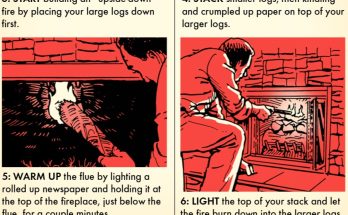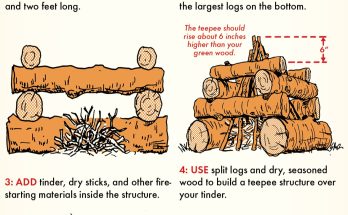
Whether you want to recreate Huck Finn’s meander down the Mississippi or a body of water stands between you and survival, log rafts can offer you safe passage when boats aren’t available. If possible, always use lighter-weight woods like pine and oak, and make sure your rope knots are as tight as possible to avoid shifting once you’re underway.
✅ Tips for Building a Log Raft
1. Choose the Right Wood
Go for dry, lightweight woods like cedar, pine, or spruce. They float better and are easier to work with. Avoid waterlogged or green (freshly cut) logs—they’re heavy and less buoyant.
2. Keep Logs Uniform in Size
Try to use logs that are roughly the same length and diameter. This helps your raft stay level in the water and improves stability.
3. Use Strong Lashings
Secure logs with durable rope—nylon, paracord, or even natural fiber ropes. Learn proper knotting techniques like square lashings or diagonal lashings for extra strength.
4. Add Crossbeams or a Deck
Lashing a few perpendicular poles across the top or adding a plank platform improves stability and gives you a flat surface to sit or stand on.
5. Test Before You Ride
Always test the raft with some weight before climbing on. Look for weak lashings or imbalances, and make adjustments on shore if needed.
6. Consider Buoyancy Aids
For extra float, add sealed barrels, inner tubes, or dry plastic containers under the raft. They’re great backups in case your logs start sinking.
7. Bring Safety Gear
Always wear a life jacket, especially if you’re going out on a river or lake. Keep rope, a paddle, and even a basic toolkit with you.
8. Keep It Simple
If it’s your first raft, don’t go huge. Start with a basic design that floats well, then improve it once you’ve tested it in the water.



